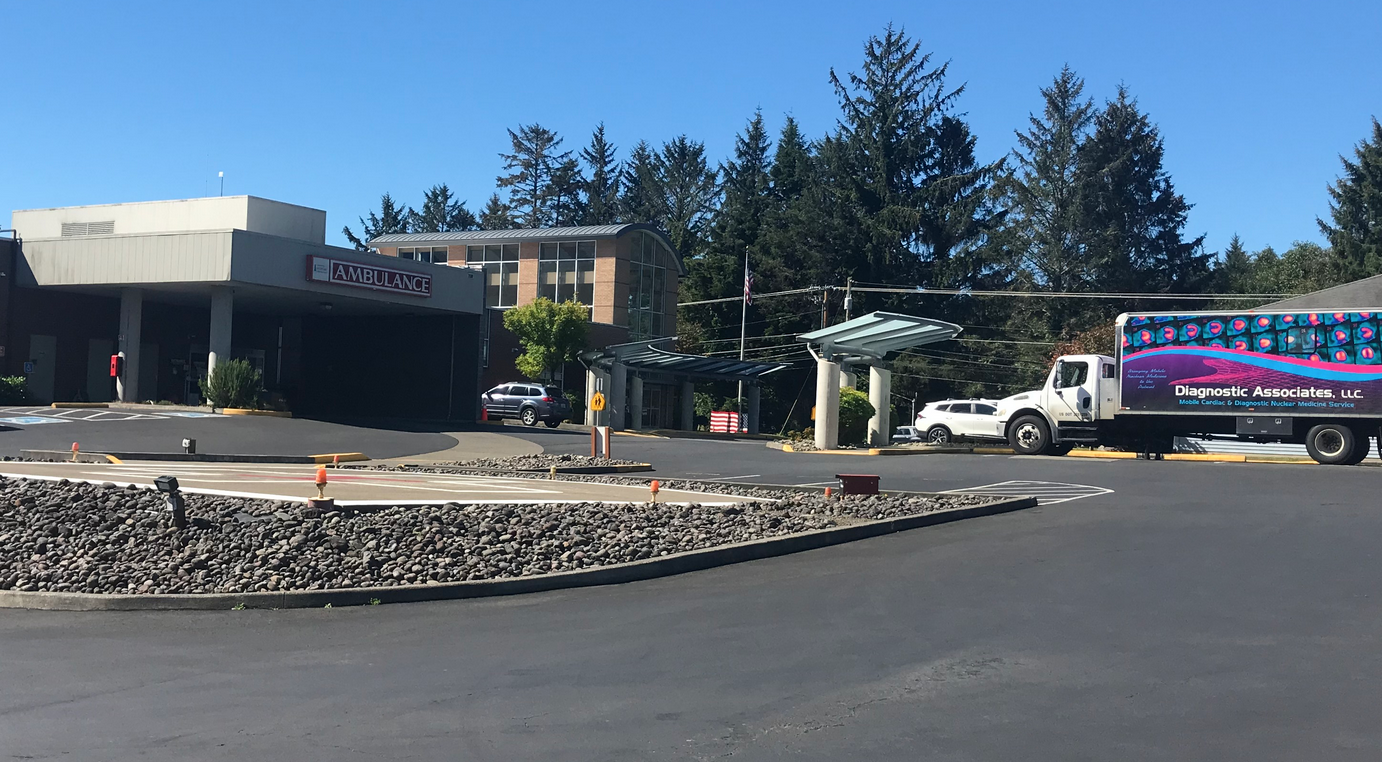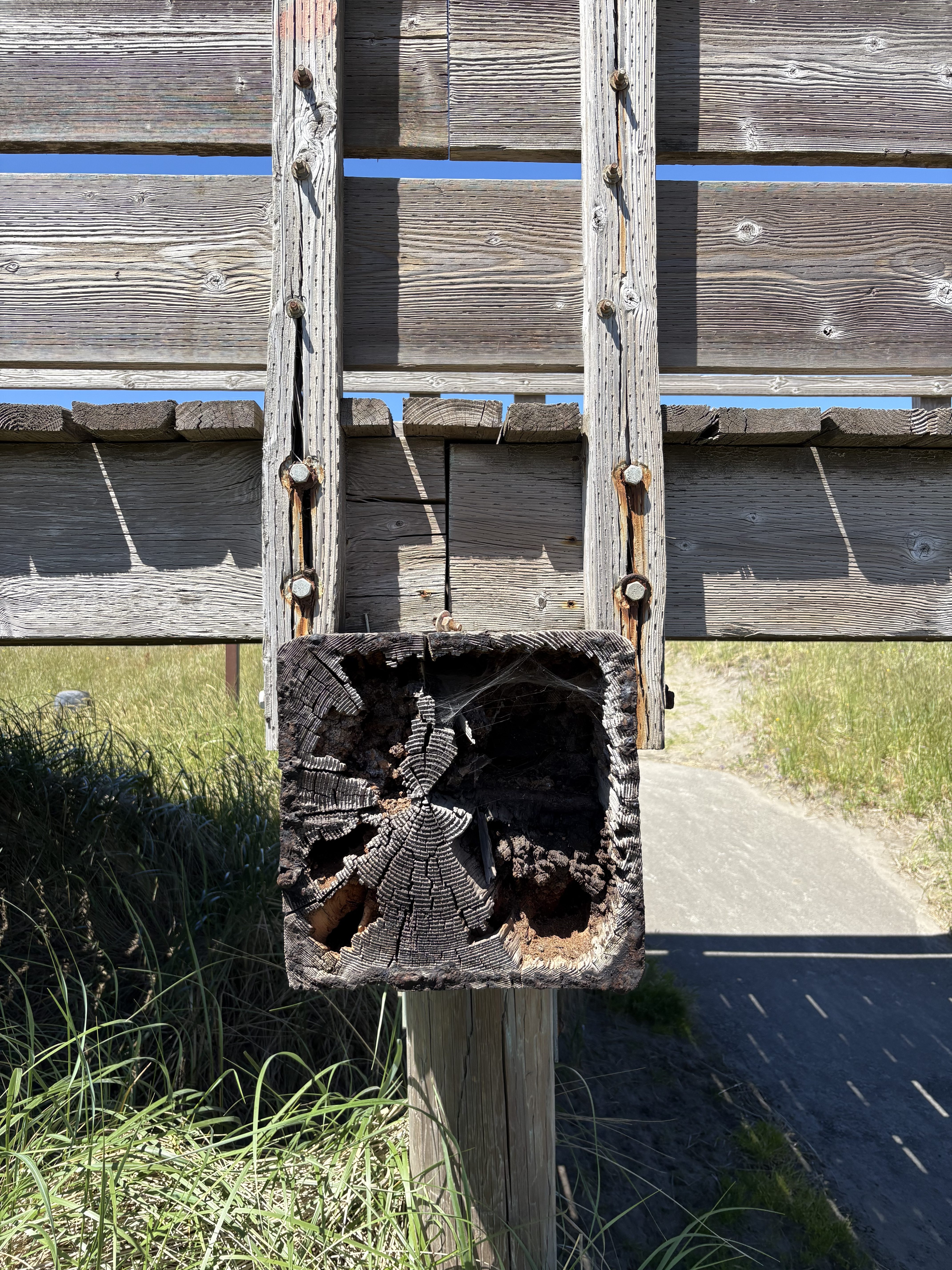Westward, ho, for the bicentennial
Published 4:00 pm Tuesday, February 4, 2003

- Citizens of the Peninsula met with representatives of our sister city, Charlottesville, Va., while attending kick-off ceremonies for the Lewis and Clark Expedition bicentennial last month.
PENINSULA – Despite frigid temperatures, the 26 Peninsula residents who traveled to the first signature event of the Lewis and Clark Bicentennial in Charlottesville, Va., two weeks ago had not only a great time, but promoted the western end of the trail to the thousands of people who attended the bicentennial kick-off.
Trending
Forty-one states, three countries and 51 Indian nations were represented at the event.
“It was a fabulous experience,” Pacific County Friends of Lewis and Clark Chair Karen Snyder said. “As far as the Pacific County group goes, it gave us a lot of opportunity to look at what we’re planning here for 2005 … to see what to imitate and what we should do differently.”
Snyder said the many programs at the Charlottesville event were academically based with many well-known speakers, but “Rex Ziak was the most entertaining speaker of all.”
Trending
From Native American dancers to an opera based on the expedition’s journey to the west to performances of the sights and sounds of the expedition, the 26 emissaries from the Peninsula had an entertaining and educational experience, Snyder said. A high point of the programs was a “Makoche,” with performers playing President Thomas Jefferson’s favorite tune, and music that may have been heard by the Corps of Discovery along the trail – fiddle music and music of the Indian tribes along the trail. The event included a screen showing sights along the trail and Native American art.
Snyder attended the event with her parents, Sid and Bette, along with representatives of the cities of Long Beach and Ilwaco, local business owners and private citizens.
“This gave us the opportunity to meet the performers and presenters so we can consider if we want them to be here for our Signature Event in 2005 or for an ‘Ocian in View’ presentation,” Snyder said.
Although the first performance was sold out and 4,500 chairs were set up, only about 2,500 attended the event.
“The cold kept people away,” Snyder said.
Snyder said the Destination 2005 board, which includes members from Oregon and Washington and the Chinook and Clatsop tribes, met last week for an overview of the East Coast opening to “talk about what we liked, what could have run smoother and the types of programs we will plan. We want it to be a lasting legacy for years to come after 2005.” Snyder and former Friends chair Carolyn Glenn are discussing going to the next Signature Event in October, The Falls of the Ohio, “To see how a group that doesn’t have the financial clout of Monticello handles it.”
“The representation from our area was excellent,” said Friends board members Bob and Judi Andrew.
Although they spent the majority of their time in Charlottesville manning the Peninsula’s display booth in the ballroom at the University of Virginia, they made valuable contacts among the throngs crowding the exhibits. The couple, who spearheaded the silver commemorative Lewis and Clark ingot, sold about 23 of the ingots, “made a lot of contacts and gave out a lot of brochures, so we think the possibilities are endless for additional sales,” Judi Andrew said. “Everybody was impressed with our booth, mainly because of a large picture of the area that was illuminated from behind. It drew people to the booth and gave an excellent entry into what we’re all about.”
Photos of Fort Clatsop in Oregon and Chinook Indians gave the Andrews and other people in the booth an excellent opportunity to explain that, yes, both sides of the Columbia River are participating in the 2005 event but “we are the original encampment before the expedition wintered at Fort Clatsop,” Andrew said. “We were able to tie in both sides of the river but we are the jewel in the crown, this is it, this is where Jefferson sent them and the western end of the journey is here. If we don’t capitalize on the whole experience on both sides of the river, we’re missing a great opportunity.”
The cold was no problem for the Andrews, who had dressed for the weather.
“The temperature never broke 20 degrees,” Judi Andrew said, “but the overall experience was wonderful – friendly, helpful and courteous.”
She advocates beginning an “intense educational process because even people at the event didn’t know what was going on. Three history students came to the booth and asked what was happening. We need to start the ball rolling here and have a solid informational campaign in schools to bring everyone on board. In the next few years, people will be traveling here to experience some part of our portion of the trail. We need to be good hosts and give them as much good information as we can. The only way to do that is to be educated ourselves. It’s a hands-on experience, people will come here, walk the trail, bring the books and learn about the history of the area. We’re ‘proceeding onward’ and moving ahead with plans.”
City of Long Beach Director of Community Development Jim Sayce said he and his wife, Dian, started their trip in New York City where they saw Ground Zero, the Statue of Liberty and Ellis Island.
“It really set the tone that this is a country of natives and immigrants,” he said. “Going to Monticello and combining the sights of New York with the Native Americans’ performance and all the different views presented at the kickoff event left an indelible image of a goal to live together in harmony.”
Sitting in the cold for six hours at the opening presentation, Sayce says he was struck by the “contrast in the audience. Everyone was bundled up, braving the wind, faces covered, reduced to anonymity.” Sayce also was very impressed with the musical performance of vintage American and tribal music. “It was a spiritual experience,” he said. “It was the merging of cultures that was so fascinating and the music was a wonderful vehicle.”
The public will enjoy what is planned for 2005 on the Peninsula for hundreds of years, Sayce said.
Long Beach City Councilman Ralph Moore, who admits he was a skeptic about the importance of the events on the Peninsula, became a convert in Charlottesville.
“Before I went I wasn’t that gung ho,” he said. “Now I’m pretty doggone excited. Our crew of 26 did an excellent job of selling the area and teaching people that this was the end of the trail for Lewis and Clark. They got here, at their goal of the Pacific Ocean, first. Lots of people didn’t know that. We were all salesman.”
Estimates range from 1 million to 3 million people traveling some portion of the trail in the next three years, Moore said, “some elderly, some with small children, taking the kids along with a dose of history on the side. Being able to walk on Discovery Trail, mirroring the footsteps of the expedition” will be a big draw, he said.
The huge presence of Native American tribes impressed Moore, expecially Chinook Chief Cliff Snider.
“The other tribes along the trail knew and loved him,” he said. “He’s as revered by the tribes as Sid Snyder is locally.”
Moore said he heard someone at the event say that Jefferson’s mission to the west was “bigger than sending men to the moon because they knew where they were going and what it looked like. The corps had no idea where they were going, not a clue, nor how long they would be gone or what they would encounter. Jefferson even told them to look for wooly mammoths.”
A Native American remarked that the tribes didn’t understand “what we were talking about saying Jefferson sent Lewis and Clark to the wilderness,” Moore said. “He said ‘This wasn’t a wilderness, it was our back yard.’ Isn’t it a shame,” he added, “that there are recognized tribes all along the trail, and when you get to the end, for some reason the government doesn’t recognize the Chinooks as a tribe. They deserve to be recognized. I heard lots of bitterness in the voices of some of the members of other tribes, too.”
Now, far from being a skeptic, Moore says “I’m living proof. I’m more excited about this than I’ve ever been.”









